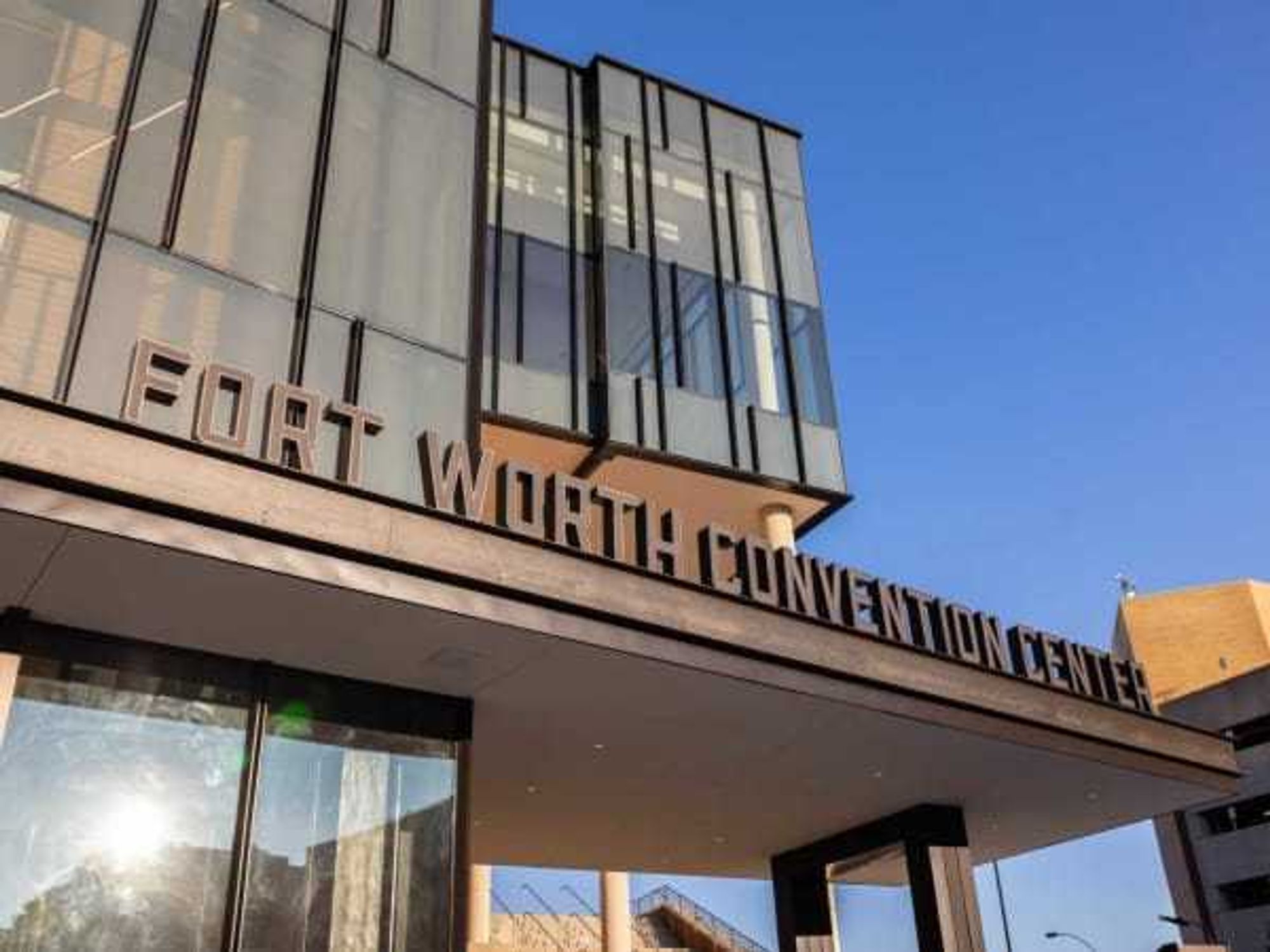Population goes boom
Thriving Fort Worth neighbor declared America's 9th biggest boomtown for 2022

Lewisville was one of the top U.S. boomtowns in 2022.
Last year, Lewisville is one of the most booming cities in America. The Denton County city neighbor ranked No. 9 among the top 100 U.S. cities for economic and population growth in a new study from personal finance website SmartAsset.
To rank the top “boomtowns” in America, SmartAsset analyzed data for 500 of the largest U.S. cities. The site evaluated topics such as five-year population change, average yearly growth in economic output (GDP), five-year growth in number of businesses, five-year change in number of housing units, one-year change in unemployment rate, and five-year change in household income.
Ninth-ranked Lewisville is the only Dallas-Fort Worth city that made it to the top 10 of the ranking - but not the only city in Texas to do so. The Hill country town of New Braunfels came in at No. 4, and the Houston suburb of Conroe landed at No. 6.
What made Lewisville reach the top 10?
A nearly 16 percent increase in the number of available housing units, to start. Lewisville's population grew almost 8 percent from 2016 to 2021; according to the city's website, Lewisville has a population of 127,008. The average household income in Lewisville rose 30 percent during the same time frame.
The Lewisville, Texas Economic Development Corporation describes the city as a “thriving economic hub” with numerous advantages, including superior access, great infrastructure, a low tax environment and quality workforce. The corporation also points out that the city is located just minutes from DFW International Airport and straddles two major highways, making it “perfectly positioned for easy access to the rest of North Texas and the world.”
The SmartAsset study notes that Denton County, which Lewisville is located in, is also doing well. The county ranks as 10th best for business growth and 21st for its annualized GDP growth rate.
It's no wonder Lewisville has attracted some exciting new restaurants and entertainment concepts, including Mountain Mike's Pizza, BoomerJack's Bar & Grill, several new spots at the buzzy Castle Hills complex, and most notably of all, a sprawling new mega restaurant-bar from hot rodder Richard Rawlings.
Five other North Texas cities cracked the top 100: Denton (No. 19), McKinney (No. 33), Frisco (No. 42), Flower Mound (No. 50), and Allen (No. 69). In 2021, Denton ranked No. 36, while McKinney sat at No. 39.
Elsewhere in Texas
Texas’ top boomtown and No. 4 nationally, New Braunfels, has the second-highest population and housing growth of all the cities studied by SmartAsset. The city increased by 36.10 percent in population and grew 40.86 percent in housing availability. Additionally, the report notes, Comal County, where New Braunfels is located, has the eighth-highest business growth rate between 2015 and 2020 (23.94 percent) and average annual GDP growth has exceeded 4 percent.
The Houston area's Conroe (No. 6 nationally) ranks highest in five-year housing growth and secured the No. 22 spot for that specific metric. It has also seen a considerable five-year population growth of 14.71 percent. Conroe, the report notes, is in Montgomery County, which ranks in the top 30 for both its annual GDP and business growth rates.
Other Texas cities to make the top-100 list include: Cedar Park, an Austin suburb (No. 26); Sugar Land, a Houston suburb (No. 46); Round Rock, outside of Austin (No. 48); Austin (No. 67); and College Station (No. 73).
Notably, Austin was the only major metropolitan city in Texas to make the list.
The No. 1 U.S. boomtown overall is Nampa, Idaho’s third most populous city.
“Moving to a boomtown at its earliest stages can be a great opportunity for entrepreneurs and investors, as there's still plenty of room for growth. And for those who are looking for a job, there are usually plenty of opportunities available in rapidly growing cities,” Edith Reads, senior editor at TradingPlatforms, tells SmartAsset. “However, if a city has already reached its peak, it may be too late to get in on the action. In this case, it may be wiser to wait until the city's growth slows down before making the move. This way, you can avoid getting caught in the midst of a housing or job crunch.”

 Fort Worth Convention Center. Courtesy of FWCC
Fort Worth Convention Center. Courtesy of FWCC